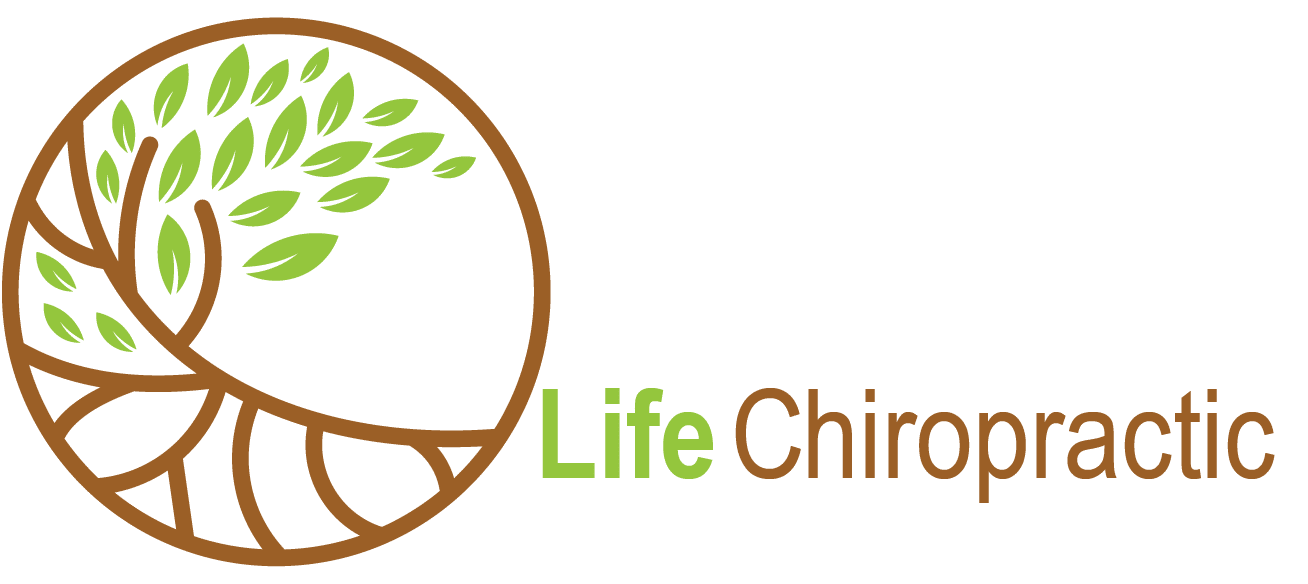The upper cervical spine is a critical area for a number of reasons. The top vertebrae in the cervical spine is called the Atlas. In Greek mythology Atlas was the god that held up the world and I often tell patients that their Atlas holds up their world.
The upper cervical spine is where the brainstem is. This is the transition from the brain to the spinal cord and sends messages to the body that regulate breathing, heart rate, blood pressure, digestion and much more.
The brainstem is the home of the Autonomic Nervous System. This is composed of 2 major divisions, the Sympathetic Nervous System and the Parasympathetic Nervous System. The Sympathetic system is your ‘Fight-or-Flight’ system tasked with survival. The chronic overstimulation of the sympathetic system is the reason why “Eighty-three percent of all deaths for adults between the age of 21 and 65 are related to lifestyle.” 1.
Chronic activation of the Sympathetic Nervous System is why more than 90% of all illness and disease is stress related. Imbalances in the upper cervical spine is a primary source of interference that drives sympathetic overactivation.
The Parasympathetic Nervous System is composed primarily of the Vagus Nerve. The Vagus Nerve is responsible for regulating digestion, heart rate, breathing rate, and much more. Quality sleep is also dependent on a properly functioning Vagus Nerve. The Vagus Nerve passes right in front of the C1 vertebra so any misalignment there can easily irritate the nerve.
Here are a couple of posts I’ve made about the Upper Cervical Spine…
Your Atlas Holds Up Your World
What Happens in the Upper Cervical Spine?
The top 2 vertebrae are shaped differently than the remaining 22 spinal bones. They don’t lock in place and allow much more movement than any other area of the spine. What we gain in mobility we lose in stability and this is one reason the upper cervical spine is so susceptible to misalignment.
The birth process can be quite traumatic and in an effort to get the baby out a lot of traction and torsion can be applied to the baby’s tiny neck. Oftentimes it is a misalignment of C1 or C2 at birth that causes health challenges years and sometimes decades later.
I had the terrible experience of being involved in a head on motor vehicle collision that caused me headaches, fatigue, brain fog and more. I suffered for a year and a half before finding my way into a chiropractor’s office and it was transformative.
Upper Cervical Focus
The upper cervical spine as well as the rest of the cervical spine is a focus in my practice. If health is dependent on neurology it is essential to remove tension and interference from the cervical spine. It is a key to restoring the body to greater balance and ease.
The central nervous system is responsible for monitoring all body functions, regulating those functions, and coordinating healing and repair. Much of the control center for all that is in the brainstem and all the nerves pass through the upper neck to the rest of the body.
The 5 Critical Questions to Ask
Once you start to explore chiropractors who have an upper cervical approach things can get confusing and there is a wide range of approaches. Here are some questions to consider:
- Is your upper cervical technique very light and gentle or involve more force? Some techniques are so gentle that you almost can’t tell anything was done while others are much more vigorous. You might have a personal preference and someone who uses both offers a more flexible approach.
- Does your upper cervical approach involve adjusting by hand or instrument? Here again there is a range of force applied to the neck.
- Are x-rays necessary and how often do you repeat x-rays? This again might be both a personal and philosophical preference.
- Do you adjust other areas of the spine other than C1 and C2? Some upper cervical chiropractors only adjust C1 and C2. While there are some situations where only the upper cervical needs to be adjusted I wonder why you would want to limit what you offer so drastically.
- In the rest of the spine are the adjustments done by hand or instrument? This is really a preference on your part as well as a clinical decision by the chiropractor.
It is my experience after more than 35 years of practice that more options are always better than fewer options. I strongly believe in the power of the upper cervical adjustment and the greater flexibility the practitioner offers the more likely there is an approach that works for you.
- Sometimes very light force works wonders on the nervous system and other times a more mechanical force is needed.
- Both by hand and instruments have their advantages so why be limited by one?
- X-rays can be extremely valuable but does the technique require new films every few months?
- Why limit the adjustment to only C1 and C2? That might be the best place to start but what about C3 through C7, never mind the remainder of the spine?
- Adjusting the remainder of the spine by hand, drop table, or instrument? The more flexibility the greater the chance you find an approach that works for you all the time.
Make sure to subscribe to my social media channels where I regularly post tips, insights and practices to help you.
Facebook: Life Chiropractic Facebook
YouTube: Life Chiropractic YouTube
Instagram: Life Chiropractic Instagram
